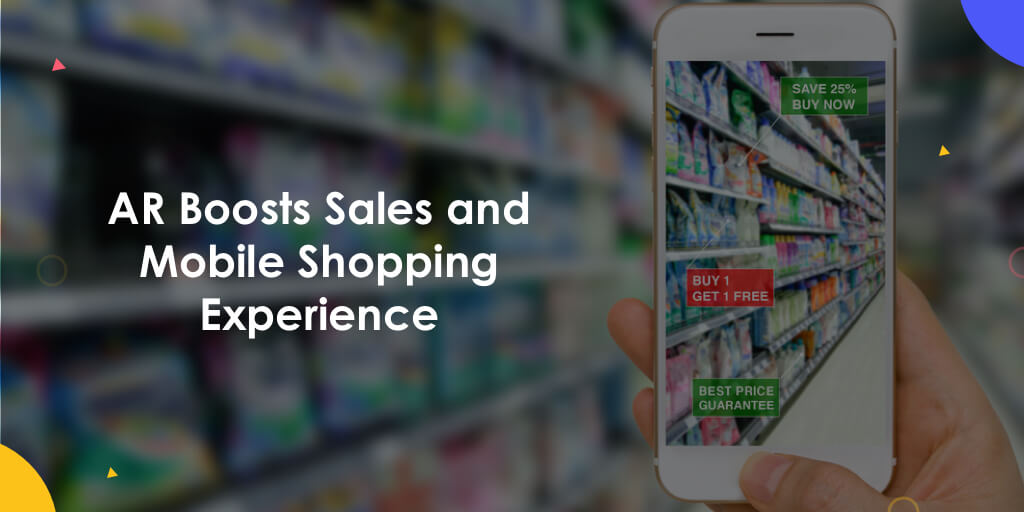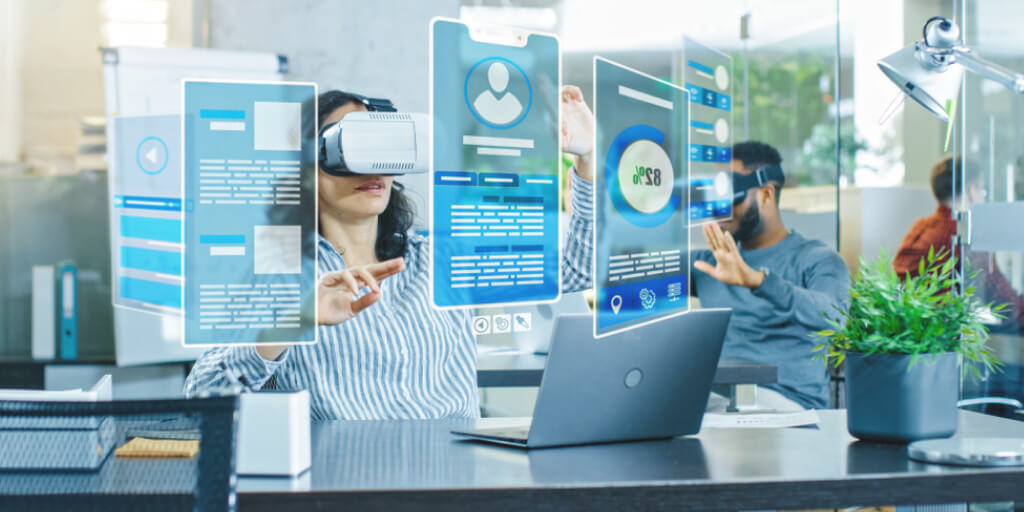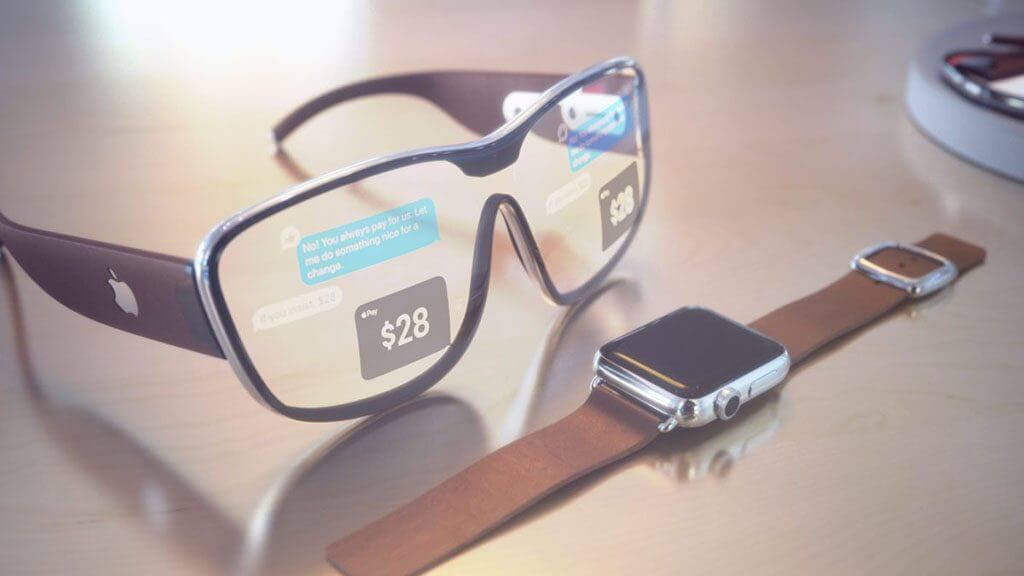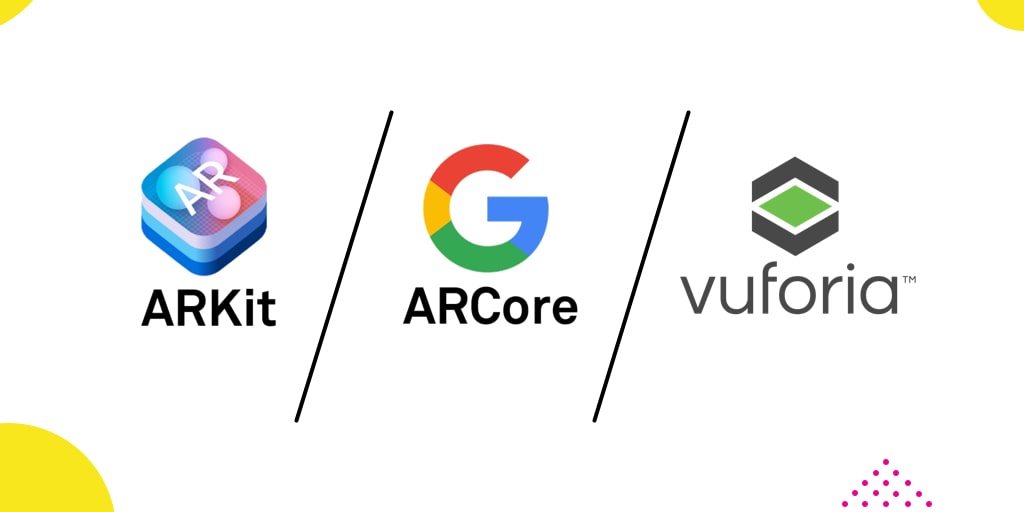Retail shopping is all about experiences.
People want to be entertained. They want their expectations to be blown away. They want a story to tell their friends and families.
So what’s the best way to make that happen?
It starts with integrating smartphones into their shopping experience.
Almost all shoppers are carrying phones, so you can’t ignore it.
They’re using them to compare prices.
They’re using them to find coupons.
They’re using them to send pics of products to friends for second opinions.
And they’re telling everyone on social media what they’re doing from minute to minute.
Since they’ve already got their phones out, it’s a perfect opportunity to give your customers another way to use them: Augmented Reality.
What Is Augmented Reality (AR)?
It’s possible to make apps that use a phone’s camera to overlay images on the real world in real-time. That’s AR. So when your customer holds their phone up like they’re taking a picture, instead of seeing a normal scene, they might see your logo floating above them or your best-selling product balanced on top of the nearest building.
AR can incorporate motion and be interactive like a game as well. In addition to using a smartphone for AR experiences, some retailers have added large video screens and mirrors to create them. The only limit to what can be accomplished with AR is that it’s digital. While an object or person may look real on the screen, they’re not there when the phone is turned off.
However, that doesn’t mean AR is just a novelty. You can connect these experiences to your online store, then create opportunities for your customers to learn more about your products and buy them.
How Does AR Help Retail Sales?
Most business owners know that adding new tech doesn’t always translate to more sales. For example, not all social media channels work for every brand. Augmented Reality is different. Since it’s still new, most shoppers have tried it yet. Industry research also shows that every age group finds it fascinating. Here are a few more reasons to consider it.
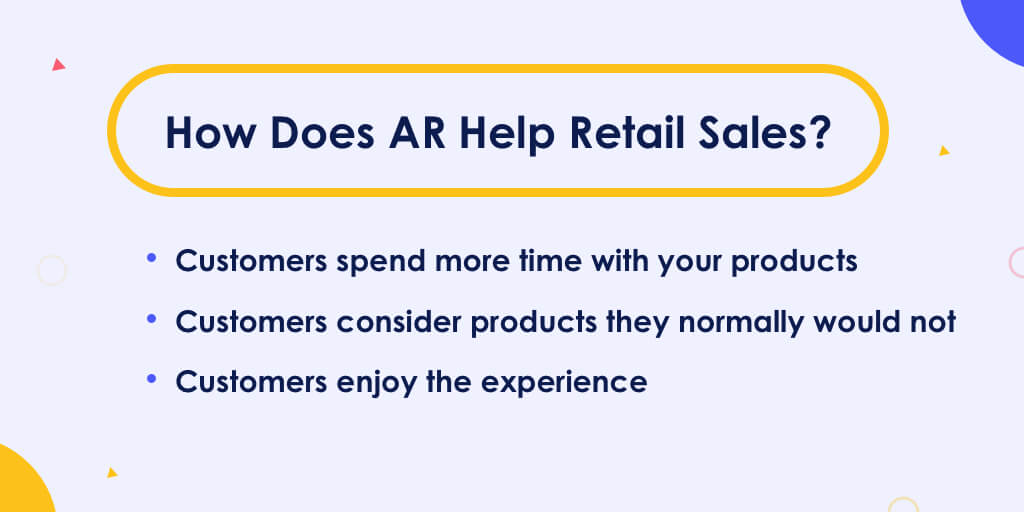
Customers spend more time with your products
Data shows that AR experiences overwhelmingly lead shoppers to interact with products for longer periods of time. In fact, there’s no marketing tactic that works better.
Customers consider products they normally would not
It’s possible to group products within AR scenarios so your customers will be exposed to products they would normally skip. This creates an opportunity to either change their attitudes on a product or show an alternative benefit they’ve missed.
Customers enjoy the experience
Since most people know what to expect when they look through their phones to take a picture, augmented reality turns the mundane into a unique experience. It also helps that AR allows you to play with the scale of objects. While it normally might be too expensive to make building-size characters who stand outside to promote your brand, you can make as many as you like now.
Experiments With Clothing And Accessories

Have you seen the latest apps that allow you to shop for eyeglasses online? If so, you may have already tried on some glasses using AR. Most use a system to take a photo of your face from a specific distance, then every pair of glasses you select is placed perfectly around your eyes. Here are a few more examples of retailers using AR in similar ways.
This early AR example used a simple interface that took a picture of the viewer’s head, then placed it on a virtual body where clothes could be tried on. As you can see in the video, shoppers dedicated a lot of time to trying on clothes.
This virtual fitting room is similar to the Timberland example above, but much more recent. You can see the difference in the quality of the graphics and the complexity of clothing combinations available to try.
The Virtual Artist app from Sephora allows users to try on thousands of lipstick colors instantly, without worrying about germs or needing to remove any makeup.
See Home Improvements Before Making Real Changes
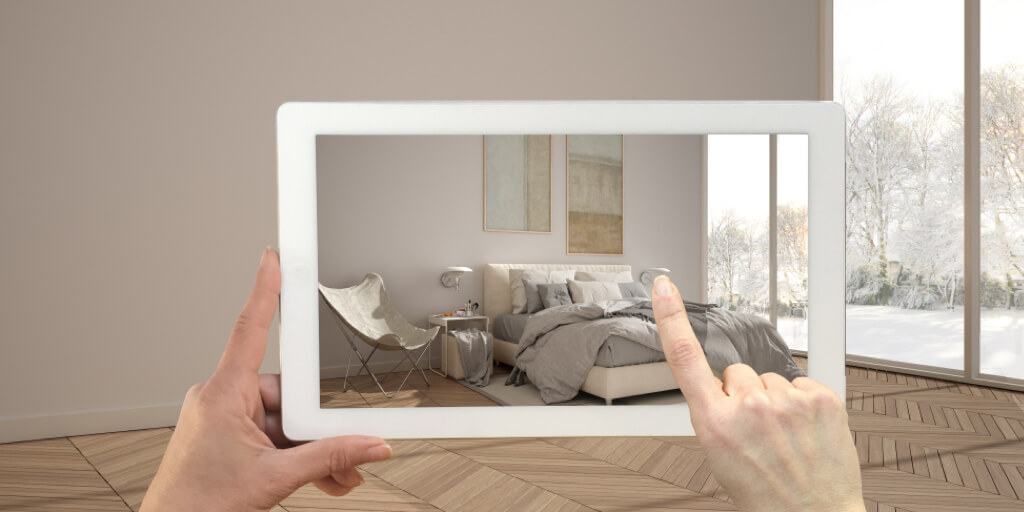
In addition to clothing and accessories, the home is a perfect place to incorporate AR solutions. One catalyst for growth in this category will be the LiDAR capability in the new Apple iPhone Pro models. As that tech filters into more phones, it will be much easier to accurately place furniture in rooms without scaling mistakes. Some current examples of AR for home improvement are listed below.
One of the most exciting AR apps for room decoration, Ikea Place allows users to see exactly how different furniture pieces fit and look in their homes.
The Lowe’s Vision app is similar to Ikea Place, but it adds the functionality of seeing how kitchen and other appliances fit and look in a home.
Anyone who has gone through the process of selecting home interior paint knows the process can be difficult. The colors never look the same on the walls as they do in the store—or on the paint swatches. The Sherwin Williams Instant Paint app simplifies the process by using AR to accurately show how paint colors will look on each wall.
Extend Brand Experiences
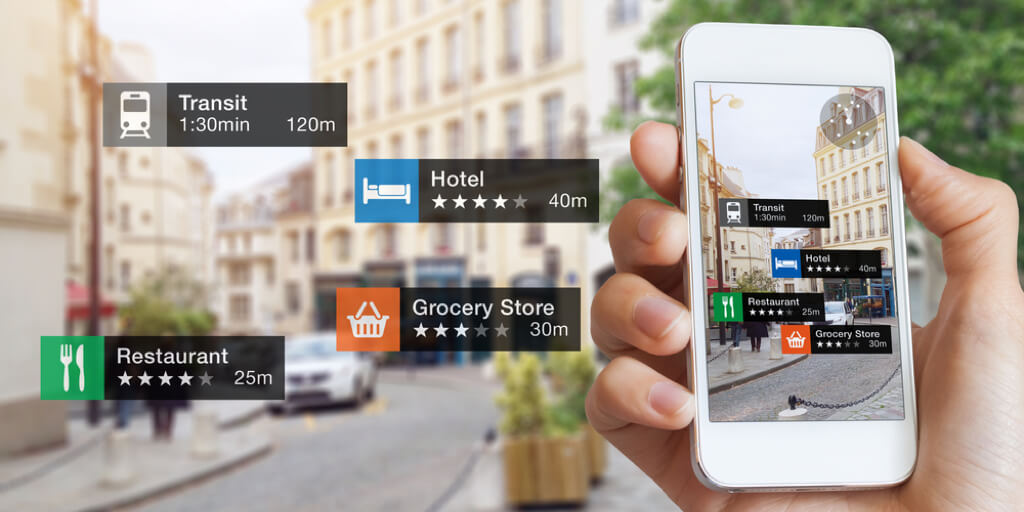
Aside from clothing and home improvement projects, AR can be adapted in creative ways across all industries, ranging from toys to beverages to automobiles. Some interesting examples are included below.
One of the latest AR adaptations for the toy market, this RC car set turns a child’s home into a racetrack. It’s a seamless blend of the video game world and driving a remote controlled car.
Unlike the other AR examples on this list, no one knows they’re not looking at the real world in this one. Pepsi created a bus stop that appeared to be made of glass on three sides, then proceeded to give the unsuspecting travelers who showed up an otherworldly experience.
This app serves as a virtual owner’s manual that provides clear directions for basic maintenance procedures.
Innovation In AR Starts With Blue Whale Apps
Blue Whale Apps is a full-service development firm that helps organizations add machine learning, IoT integrations, augmented reality and other custom solutions to their offerings.
Our team can handle all parts of the development process, from reviewing where you are now, to making and implementing a plan for where you want to go. We specialize in end-to-end development for Fortune 1000 businesses and government agencies, including consulting, branding, UX design and hand-crafted code.
Recent projects have included apps within the healthcare, technology, public utilities, entertainment, retail, consumer products and automotive industries. And last year, Blue Whale Apps was named the #1 Mobile App Developers by AppFutura, Clutch, and Good Firms in 2019.
Contact Blue Whale today to discuss how you can use augmented reality to impress your customers.
